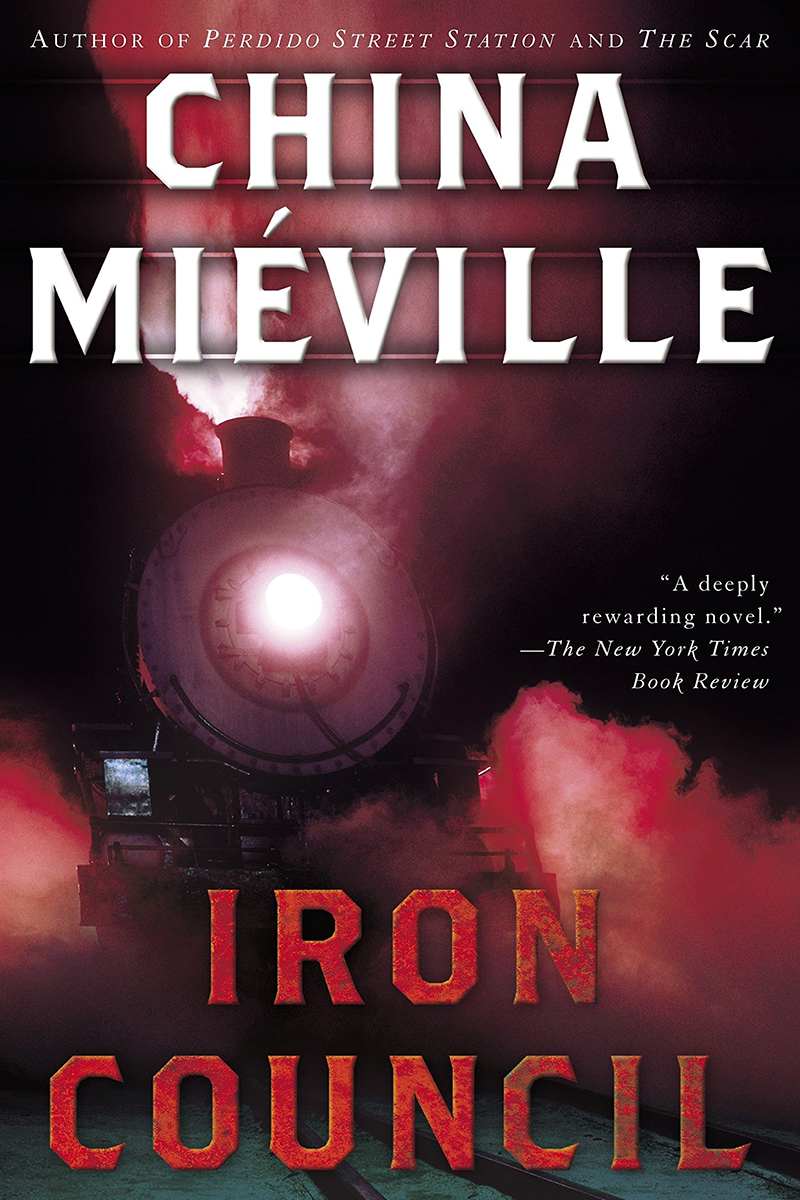
Steampunk performer Professor Elemental is back with some common-sense advice on how to deal with politics in steampunk:
At times, I have tried my hand at politics on stage, and had people shake my hand and thank me for taking a stand. But other times, I have annoyed or upset people who were just out for a good night and a bit of escapism. As the world gets harder, I’m trying to make live shows softer, sillier and less partisan. Some people don’t want politics with their steampunk and we need to respect that and stop bothering them.
I remember when I argued in my controversial “Who Killed Steampunk?” article more than a year ago that the genre had become too political, and this was chasing people away, Elemental was one of many critics who thought I was exaggerating.
A few months ago, he, too, recognized that politicizing steampunk can do more harm than good, and he urged people to stop excluding others on the basis of political beliefs.
Sounds reasonable, except when I suggested the same, I was accused of tone policing; of only caring about white and straight people (although I’m gay); prioritizing the hurt feelings of those who want to oppress others; and called naive, a racist, the son of skinheads and a complete and utter jackass.
In short, I was “canceled” — like so many others who have stepped outside the narrow confines of accepted political thought as defined by steampunk’s leading (and loudest) opinionmakers.
It’s a fate Elemental has so far been spared. Let’s hope that, as an opinionmaker himself, he can help turn the tide.
Spectrum
The point is not that steampunk must be apolitical. That is a canard propagated by those who insist it inherently is.
As Elemental puts it:
[S]teampunk doesn’t exist in a vacuum. … I’m a middle-aged, white, British rapper in a colonial outfit. It’s a bit of a mess. With a great hat comes great responsibility. If I am going to be subverting the rap genre and the colonial dress at the same time, I feel it’s my responsibility to be clear about my political beliefs and pay tribute to the artform I love so much.
And as I’ve argued:
Given its roots in the nineteenth century, it’s hardly surprising that steampunk might have some issues with gender and race. A lot of early steampunk was Western and white. … When you’re creating a costume or writing a story, it’s your responsibility to educate yourself. Don’t assume that just because it’s role-play or fiction, it’s fine.
But there’s a spectrum between arguing steampunk can be political and denouncing acts, books and movies that (ironically) recreate nineteenth-century stereotypes as racist or sexist.
There has been a tendency to hunt for heretics; what Eric Renderking Fisk has called “the steampunk political guillotine machine”. It’s the mentality I blamed for “killing” steampunk:
It’s not that the critics of steampunk’s imperialist nostalgia were wrong per se; it’s that they had no patience for ignorance and cried “racism!” whenever somebody donned a pith helmet. That’s not how you change minds. It’s how you turn people away.
Inclusive
If there must be politics in steampunk, let there be room for all sorts of politics. I’ve wondered if you can be right-wing and steampunk. Given the dominance of the left in this community, you could be forgiven for thinking the answer is “no”.
And not just broadly center-left, but far left. Many of the best-known steampunk authors and editors are proud anarchists for whom Joe Biden and Keir Starmer are neoliberal sellouts. If your politics lean even more to the right, I wouldn’t blame you for keeping it to yourself.
Debates on steampunk and race are monopolized by critical race theorists, who seldom assume good faith and have a penchant for public shaming.
Far from fostering an inclusive community where people feel welcome, it creates an environment in which people have to be constantly on their guard lest a single slip-up permanently brand them a bigot.
That’s not an environment that is conducive to experimentation and innovation, which may be why steampunk has become stale.
Nor is it an environment that draws people in, which may be why steampunk is — at best — stagnant.
What to do?
Elemental’s solution is to turn the other cheek:
You might just like the invention, the sense of community, or wearing a nice corset. You might not like politics in your steampunk, so feel free to ignore that element and not engage.
The trouble is: you might not be interested in political steampunk, but political steampunk is interested in you. When the Twitter horde descends on you for wearing the wrong corset, not engaging is hardly an option.
Change needs to come from those who don’t accept that, for some, steampunk is just a hobby.





11 Comments
Add YoursGood article. I think it’s just lack of creativity I wouldn’t mind steampunk books having political themes if they were original. It just gets to the point were you start reading a steampunk novel and want to call the author and tell them this exact book has been written 6 times before in the last 2 years. You could take several different books tear out the pages then glue them together into one book and no one would ever know they came from different books originally.
I wonder if this is due to authors or editors – or both? Is it that steampunk authors all want to write about the same themes? Is it that they think that’s what readers want? Or is it that editors and publishers think that’s what readers want?
It’s lazy writing and/or lazy editing — “empire-bashing” just to make sure that you let people know what your politics are. Nothing in the real world is either/or, and fiction that is so thin is really not worth the read. It’s what makes classic fiction classic–the antagonists and protagonists are fully fleshed out and the story is meaningful.
Very interesting, Nick. As is so often the case with such “Cancellations” I note that it took place mainly on Twitter. Let us never forget how much of a minority interest Twitter is. 80% of Americans (for example) do NOT use it.
That’s true! And in addition, most Twitter users are college-educated and left-leaning. It’s definitively not representative of the overall population. But it does have disproportionate influence, because virtually all journalists, opinionmakers, writers, etc. are on Twitter.
Here’s another stat: 10 percent of Twitter users are responsible for 97 percent of all tweets about politics.
This sort of thing is why I think Twitter and not Facebook is the real destroyer of internet political discourse (the way of treating their users is a different story) – it encourages dogpiling and not having actual discussions, which for all Facebook’s flaws you can do pretty well on there.
Many science fiction and writers’ conventions today offer sci-fi with a side order of politically correct lecture. No thanks. I’m all about diversity and inclusion, but if I hear one more workshop leader telling me to write diverse characters I’ll scream. Don’t assume your audience doesn’t write diverse characters. Host workshops on how to do it, if that’s your bag, which could be fun. Being yelled at is not fun — so run, don’t walk, to the nearest exit.
There’s no reason to avoid talking politics in steampunk, especially related to historical topics. Many people become interested in the genre because of the gadgets and the clothing and they may know little about the history of empire. Instead of labeling them as racists or imperialists, use the opportunity to teach people history and get them talking. But labeling people is the fastest way to shut down conversation. Maybe that’s what the ones pushing the politics want – strife — so they can step in and “fix” the problems for us. At a cost.
In some of the discussions following my “Who Killed Steampunk?” article, I had people tell me explicitly that if the price of making steampunk more “diverse” was losing some white, straight and/or center-right people, they were OK with that.
I’m not. I don’t agree the way to make the community more diverse is to kick people out.
No, I’m not fine with that, either. It’s discrimination, but these gung-ho “let’s be diverse” folks are too blinded by the reflections off of their own pyrite haloes (fool’s gold) to see that *they* are the problem.
And it’s not like we have to lose people to make room for others; there’s no limit to what the audience size needs to be for steampunk or any other genre.